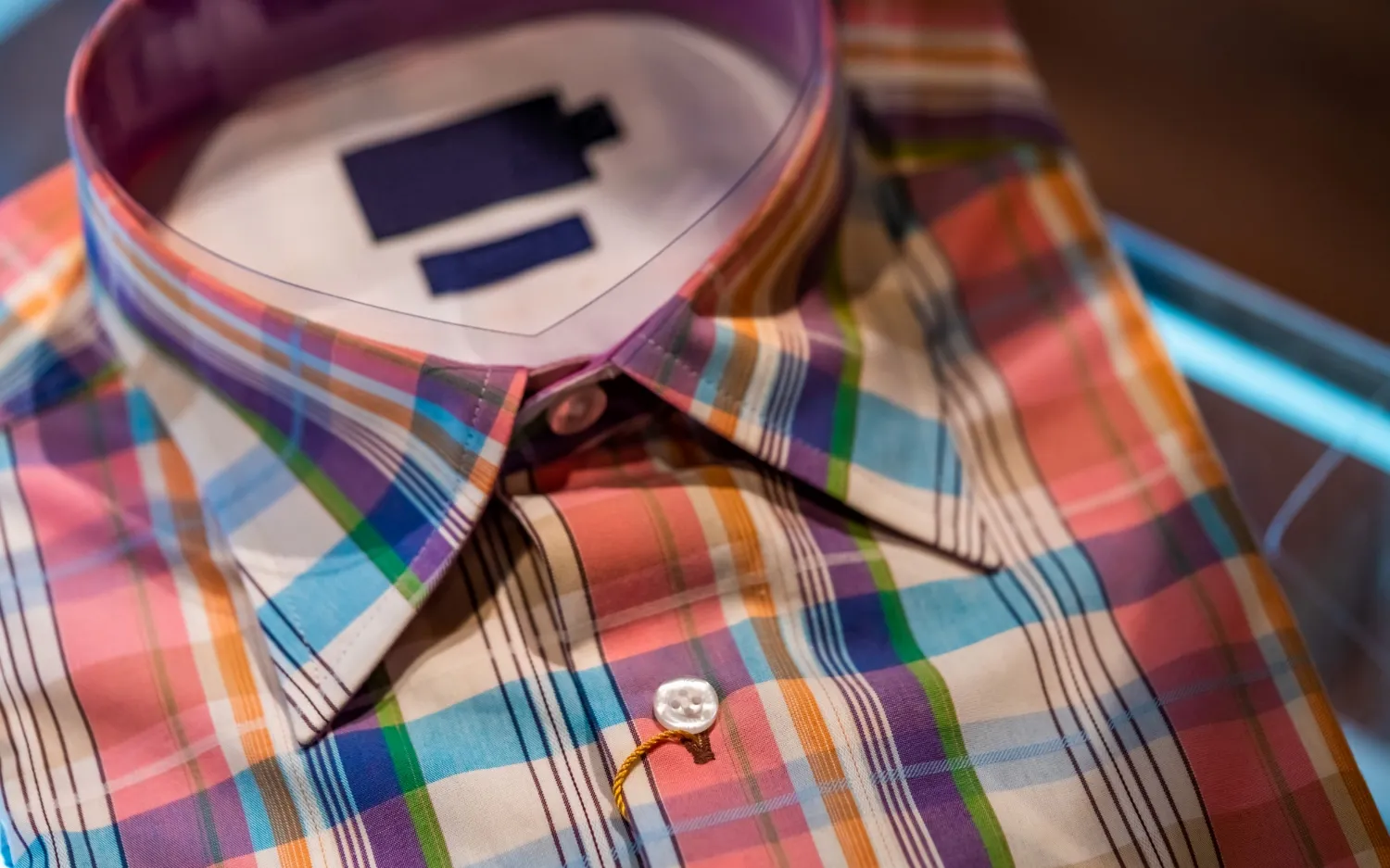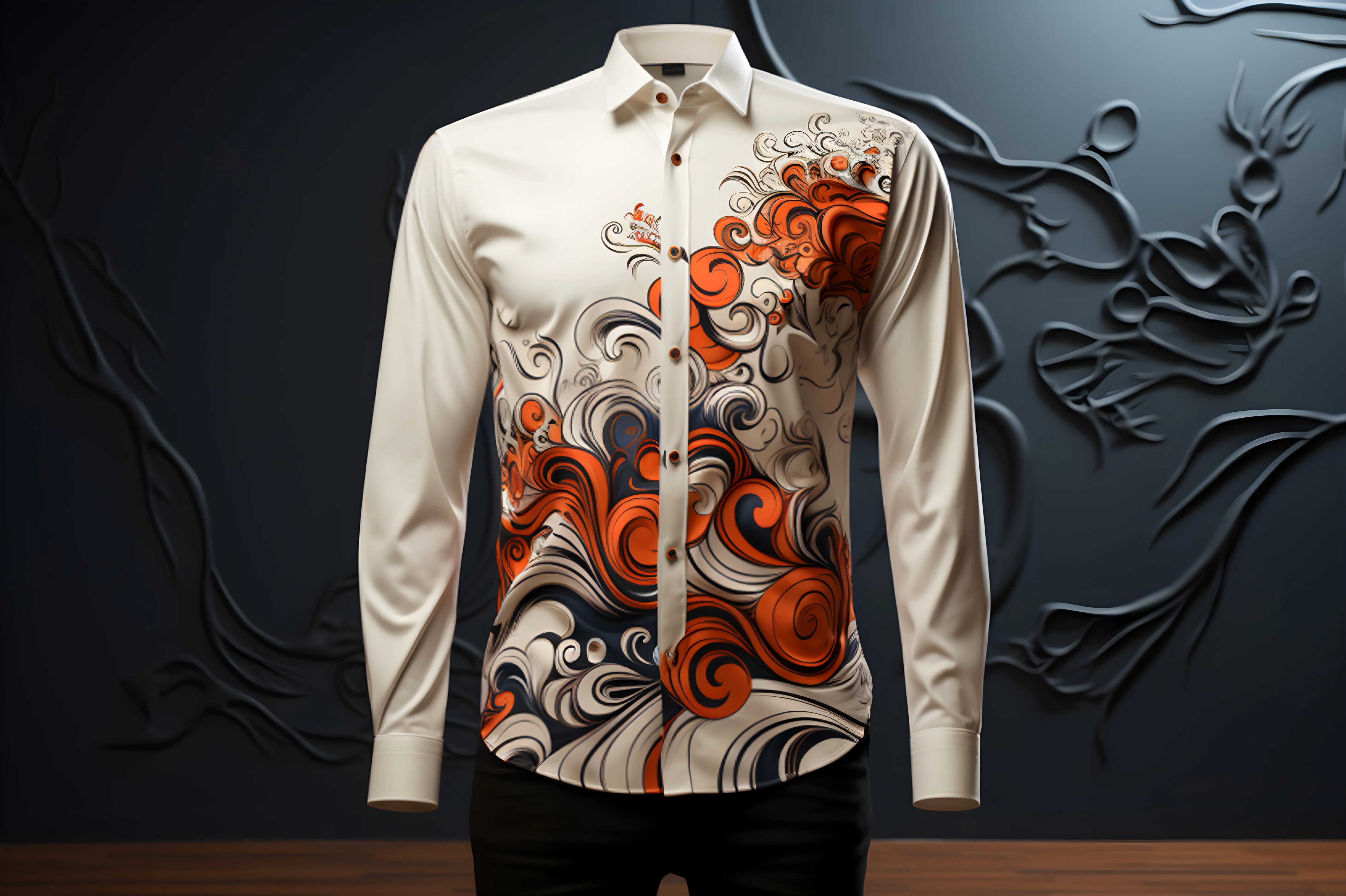How to Make Custom Shirts at Home
Shirts are arguably the most versatile pieces of clothing. You can experiment with various styles, colors, and patterns as well as dress them up or down, depending on your mood or the event you’re attending.
Now, imagine being able to create custom shirts at home. Just think of all the unique designs and personalized touches you can add to make each shirt genuinely one-of-a-kind. Except you don’t have to imagine! Follow these detailed step-by-step tutorials, and you’ll learn how to make custom shirts at home in no time.

How to Make Custom Shirts at Home: 3 Best Methods
Let’s be honest from the get-go – mastering these methods will take some time and effort. Plus, you’ll have to invest in some specialized tools and equipment to pull them off. But these “disclaimers” shouldn’t worry you, as you’ll also learn how to make custom shirts at home with little to no effort on your part. Let’s begin!
Method 1 - Direct-to-Garment Printing
The name of this method is pretty self-explanatory – you print a design directly on your shirt. Of course, you can’t use just any printer for this endeavor; you’ll need a fabric printer, also known as a heat transfer laser or a direct-to-garment (DTG) printer.
Unfortunately, these printers aren’t exactly cheap. Even the models intended for personal use can cost a couple of thousand dollars, while professional-grade machines can surpass the 10-thousand-dollar mark. But if you want complete freedom to create custom shirts with high-tech designs, this is the way to go.

After purchasing a DTG printer, you’ll also need a heat press. Then, you’re ready to go!
- Heat-press your shirt.
- Load it into the DTG printer.
- Make or choose your design (picture, text, logo, etc.).
- Print the design onto your shirt.
- Heat-press the wet shirt to cure your design.
If your model doesn’t print directly on the garment, don’t worry. Just use the heat-press method to apply your transfer media to an adhesive paper, followed by manually pressing it into your shirt.
As for the designs, you can go all out! Make them matte, gloss, or glitter, whatever fits your style.
Method 2 - Iron-on Transfer Paper
Do you find a DTG printer too expensive? No problem, we’ve got a way of making custom shirts that uses the standard inkjet printer. The method in question is iron-on transfer paper printing, one of the easiest and most affordable custom shirt printing methods you can try.
For this method, you’ll need the following tools and equipment (besides the printer):
- An iron
- A cotton underlay
- A pair of scissors
- Transfer paper
You can buy the transfer paper at virtually any stationary or craft store. Just make sure to buy the right kind for your project, as there are different iron-on papers for light and dark-colored shirts.

With all the necessary supplies at hand, follow these steps to make a custom shirt using iron-on transfer paper:
- Create or find a suitable design in high resolution.
- Load your printer with transfer paper.
- Print your design using the printer. With light transfer paper, you’ll need to mirror your design before printing it.
- Cut out your design carefully, removing even the smallest pieces of blank paper around it.
- Place the cotton underlay on a hard and flat surface that can withstand heat.
- Place your shirt atop the underlay.
- Turn on your iron, setting it to a high temperature.
- Iron the shirt to get a flat surface.
- Position the transfer paper with your design on your shirt. For light-colored fabrics, place the transfer paper face down.
- Press the transfer paper onto your shirt.
- Iron over the paper firmly, starting at the center and moving outward. Avoid staying in one area for too long to prevent burning.
After you’re done ironing, take the shirt to a well-ventilated room and leave it there until the transfer paper cools down. Then, it’s time to peel off the transfer paper!
Do so carefully, starting from the corners. If any issues arise, just iron the shirt again.
Method 3 - Heat Transfer Vinyl
If you like the paper transfer method but want to take the design aspect up a notch, consider the heat transfer vinyl (HTV) printing method. With this method, you’ll use vinyl sheets instead of transfer paper. Why is this a better option? Well, these sheets are available in glitter, metallic, neon, and reflective designs. In other words, you can take the aesthetic appeal of your custom shirt to a whole new level!

But keep one thing in mind – creating custom vinyl designs is a challenging process that requires a high learning curve and several specialized tools. The good news is that you can always buy pre-cut vinyl designs if you’re not up for the challenge.
Let’s focus on that option, as it doesn’t involve spending hundreds of dollars (and potentially injuring yourself).
So, you’ve purchased a pre-cut vinyl design. To apply it to your shirt, you’ll only need a heat press, a protective coating, and to follow these steps:
- Place your pre-cut vinyl design on the heat press machine. The adhesive side should face the shirt.
- Cover the design with a protective coating (e.g., wax paper).
- Press the design following the instructions on its packaging.
- Leave the shirt to cool off.
- Carefully remove the vinyl carrier.
Alternative Method - Have Custom Shirts Made for You
Let’s say you aren’t particularly DIY-savvy. Or, you might not have hundreds or thousands of dollars to spend on specialized tools and equipment. Does that mean you can’t have custom shirts made at home? Absolutely not!
With a reliable print-on-demand service like Custom T-Shirt Today, you can easily bring your unique designs to life without the hassle of doing it all yourself.
So, don’t waste time and money learning how to make custom shirts at home when you can choose the perfect shirt from Custom T-Shirt Today and fully customize it to your liking.